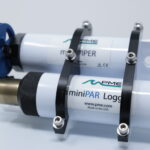
Project Oyster Case Study
May 26, 2022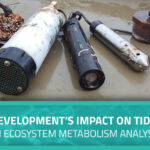
Coastal Development’s Impact on Tidal Creeks: An Ecosystem Metabolism Analysis
February 20, 2023Finding Freedom from Fouling: Adding Wiper Technology to the T-Chain
Project Details
- PRODUCT(S): T-Chain RS 232/485, miniWIPER for miniDOT, miniDOT® Clear Logger, miniDOT® Logger
- APPLICATION: Aquaculture
- PARAMETER: Dissolved Oxygen, PAR, Temperature
- LOCATION: Charco Azul Gulf, Panama
- ORGANIZATION: Forever Oceans
- RECOGNITION: Anthony (Tony) White, Director of Innovation at Forever Oceans
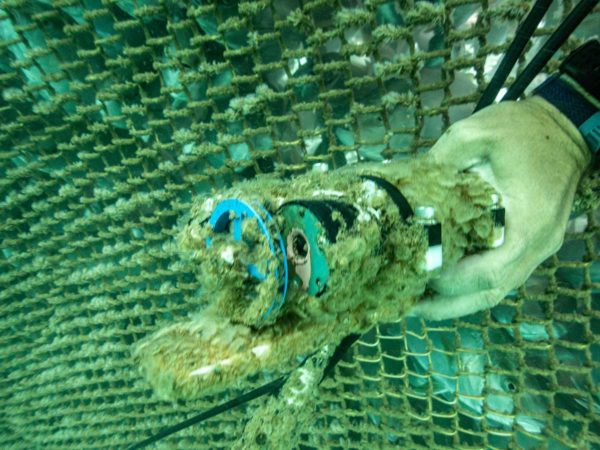
Case Study Description
The sea may be a cruel mistress, but those who work in and study the ocean know marine biofouling is not much kinder. Biofouling refers to the unwelcome and detrimental accumulation of microorganisms on surfaces which are partially or wholly submerged. Although many of the items at risk of biofouling have been designed to withstand oceanic conditions, even miniscule buildup can have a drastic impact on sensitive devices’ performance. It was this attention to detail that led Forever Oceans to deploy the first PME T-Chain equipped with antifouling wiper technology.
Equipment and Observations
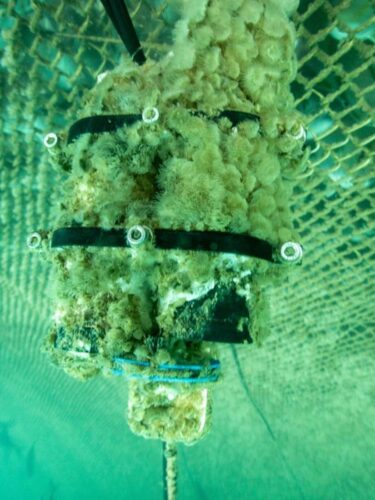
Because the T-Chain is semi-customizable, customers can integrate additional systems to expand monitoring capacity past the string’s standard temperature sensing thermistors. Innovators in the field of deep-sea aquaculture, Forever Oceans included dissolved oxygen monitors which were further outfitted with wipers to ensure the system could deliver accurate readings with minimal direct maintenance. Tony White, Forever Oceans’ Director of Innovation, explained: “We observed rapid fouling of our systems, and added on the wipers to mitigate the issue […] The wiper is definitely effective in reducing the frequency of manual interventions.” Longevity of the systems’ independent operation correlates to a reduction of demands on labor and fuel loads. Coupled with their choice of a mechanical antifouling tactic, PME built a T-Chain that could support Forever Ocean’s commitment to sustainable operations.
Deployed in mid-July, the T-chain with integrated wipers was deployed at depths of around 5 meters in Panama’s Charco Azul Gulf. There, it was left untouched for two months before biofouling began impacting the DO sensor’s readings. Despite the significant biofouling that took hold on the body of the device and surrounding surfaces, images captured at the deployment site showed the optode of the sensor remarkably unsullied. With minimal intervention, the sensor and brush were cleared and re-deployed to resume monitoring.
Product Description
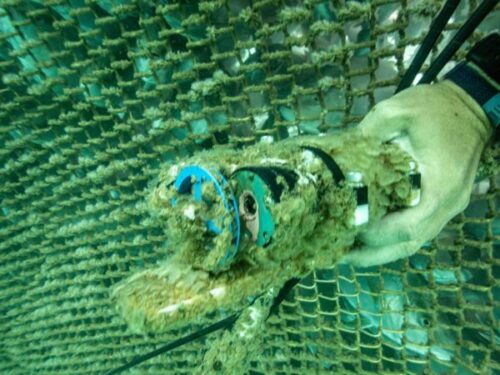
The T-Chain consists of a single polyurethane sheathed cable with a Kevlar core, which maintains strength because the core is never broken. This T-Chain’s integrated dissolved oxygen sensor utilizes an optode to measure DO concentration in water through a fluorescence method. The Forever Oceans team used the real-time output of the sensor to guide their operations, but data can be recorded to an internal SD card.
When paired with a wiper, the DO sensor can provide accurate readings for longer due to the reduced capacity for biofouling. The self-contained, completely submersible wiper features a small rotating brush which passes over the sensor to perform a complete wipe of its surface. Wipers may be programed to operate at intervals of once per hour or once per day as needed to combat buildup. When it is not in motion, the brush rests away from the sensor to allow for accurate, continuous monitoring.

